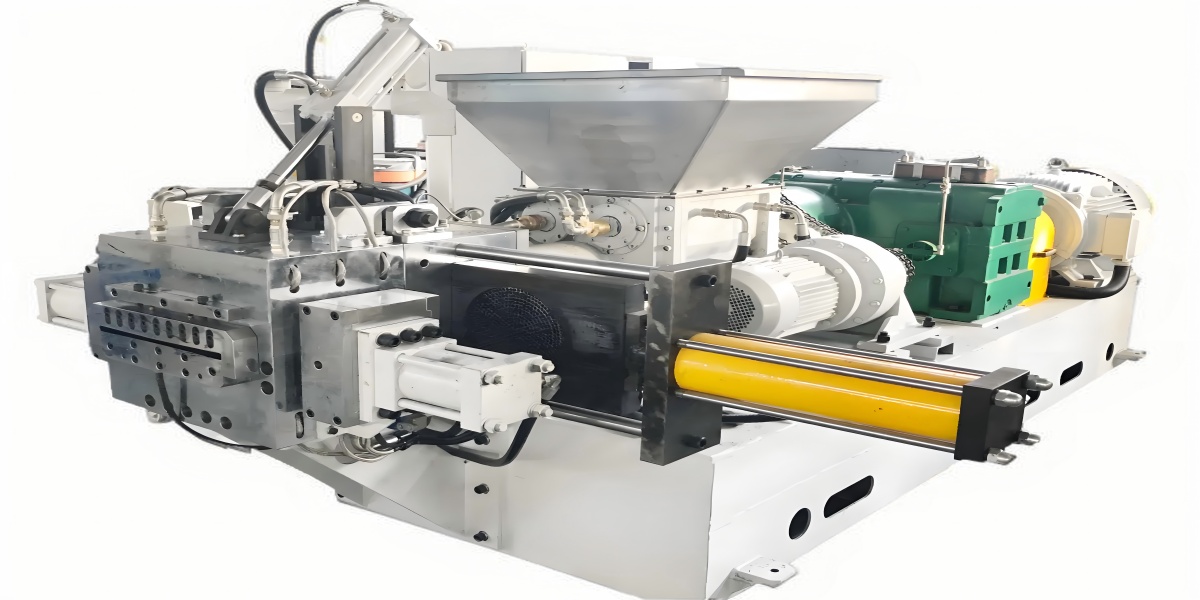
Plastic Extrusion Molding
Master the fundamental principles and advanced techniques of this essential manufacturing process
Introduction to Plastic Extrusion
Plastic extrusion molding is a manufacturing process that enables continuous production with easy maintenance and high efficiency. This versatility makes extrusion technology one of the most widely used methods in the plastics industry. The majority of thermoplastic plastics can be processed using extrusion molding, which accounts for approximately one-third of all domestic plastic products.
At the heart of this process is the screw extruder, which, when combined with appropriate auxiliary equipment such as dies, cooling systems, traction devices, cutting tools, and winding mechanisms, forms a complete production line. Extrusion technology relies heavily on the performance of these machines, with the screw itself often referred to as the "heart" of the extruder due to its critical role in the plasticizing and extrusion process.
The selection of the right extruder is paramount in the molding process. Single-screw extruders and counter-rotating intermeshing twin-screw extruders offer strong pressure-building capabilities, making them ideal for product成型. Among these, single-screw extruders hold a dominant position in the industry. Conversely, co-rotating intermeshing self-cleaning twin-screw extruders, with their excellent mixing performance and high-output operational characteristics, are primarily used in polymer blending, filling modification, and reactive extrusion applications—all areas where advanced extrusion technology plays a crucial role.
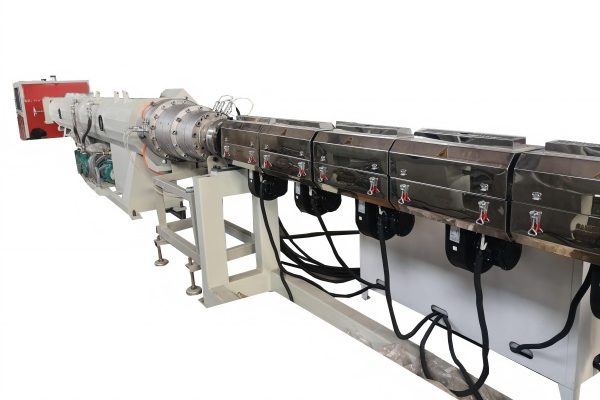
Key Extrusion Advantages
- Continuous production capability
- Easy maintenance procedures
- High production efficiency rates
- Versatility with most thermoplastics
- Cost-effective manufacturing process
Overall Learning Goals
The ultimate goal of this extrusion technology program is to develop comprehensive knowledge and practical skills in plastic extrusion processes. By the conclusion of this training, participants will have gained a thorough understanding of screw extruder structural parameters and working principles. They will be able to select appropriate extruder types based on product requirements, conduct basic screw structure design, set processing parameters according to material characteristics, develop manufacturing processes, and proficiently operate extruders to complete pellet production.
This holistic approach to learning ensures that individuals not only grasp theoretical concepts but also develop hands-on capabilities essential for success in the field of extrusion technology. The program systematically builds from fundamental knowledge to advanced operational skills, creating a complete understanding of the extrusion process from material selection to final product formation.
Knowledge Acquisition
Develop a comprehensive theoretical foundation in extrusion technology, including machine structure, material properties, and process parameters that govern successful plastic extrusion.
Explore knowledge objectivesSkill Development
Master practical extrusion technology capabilities, from machine operation and process adjustment to troubleshooting and quality control in real production environments.
Explore skill objectivesKnowledge Objectives
Extruder Overall Recognition
Gain a comprehensive understanding of the complete extrusion system, including the main components and their interrelationships. This knowledge forms the foundation of extrusion technology, enabling identification of different extruder types and their typical applications in various industrial settings.
Extruder Structure & Working Principles
Understand the detailed structure of screw extruders, including barrel design, screw configurations, drive systems, and heating/cooling mechanisms. Comprehend the fundamental working principles that make extrusion technology effective, from material feeding to melt formation and pressure development.
Materials, Processes & Parameter Setting
Master the properties of different thermoplastic materials and their behavior in extrusion processes. Learn how to establish appropriate processing parameters including temperature profiles, screw speed, feed rates, and pressure settings—critical elements of successful extrusion technology implementation.
Production Line Commissioning Procedures
Acquire knowledge of the systematic steps required to set up and commission an extrusion production line. This includes understanding the sequence of operations, safety checks, and initial parameter verification essential for reliable extrusion technology implementation.
Extruder Startup, Shutdown & Emergency Handling
Learn proper procedures for safely starting up and shutting down extrusion equipment, including warm-up sequences and material purging. Understand emergency protocols and shutdown procedures to handle unexpected situations in extrusion technology operations.
Production Line Adjustment Methods
Develop knowledge of how to make precise adjustments to extrusion lines to optimize product quality and production efficiency. This includes understanding the relationships between different process variables in extrusion technology and their impact on final product characteristics.
Auxiliary Equipment System Knowledge & Adjustment
Gain comprehensive understanding of the auxiliary equipment that supports the extrusion process, including dies, cooling systems, calibrators, haul-off units, and cutting mechanisms. Learn how these components integrate with the main extruder and how to adjust them for optimal performance. This knowledge is vital for mastering complete extrusion technology systems, as the auxiliary equipment significantly influences final product quality, dimensional accuracy, and production efficiency. Understanding how to synchronize and adjust all system components ensures smooth operation and consistent output in extrusion technology applications.
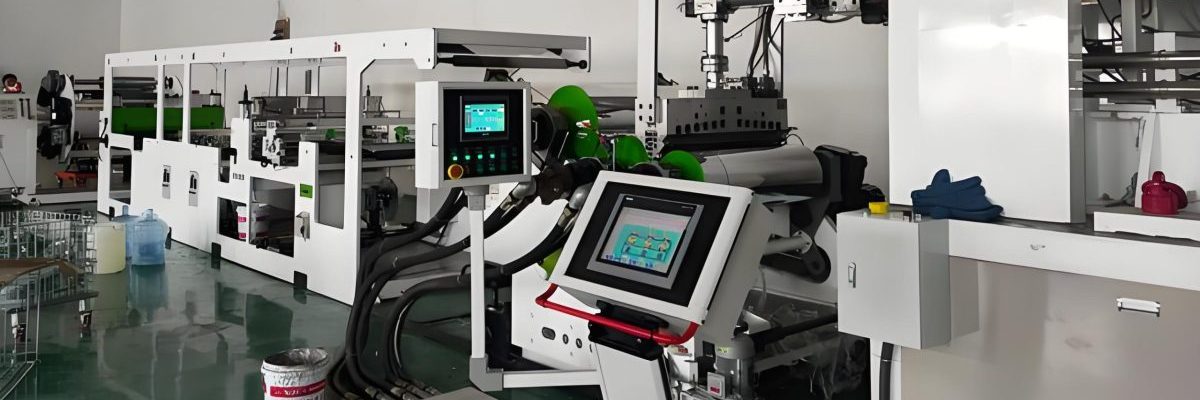
A comprehensive plastic extrusion line demonstrating the integration of main extruder and auxiliary equipment in modern extrusion technology
Skill Objectives
Extruder Recognition Ability
Develop practical skills in identifying different types of extruders and their components. Ability to distinguish between single-screw, twin-screw, and other specialized extrusion equipment, recognizing their unique features and applications in extrusion technology.
Control Panel Identification Ability
Master the skill of navigating and understanding extruder control panels, including recognizing different controls, displays, and indicators. Ability to interpret readings and make appropriate adjustments using the control interface—essential for hands-on extrusion technology operation.
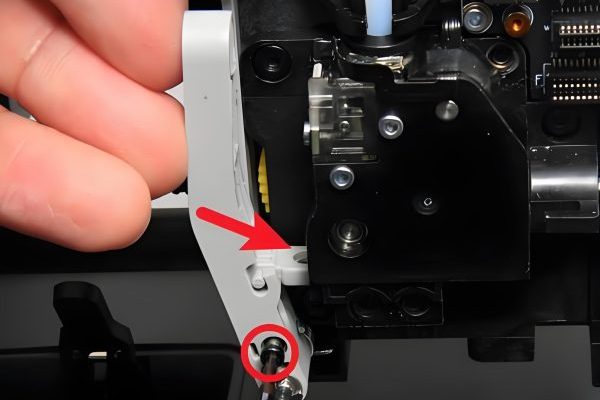
Extruder Operation Procedure Comprehension
Develop the ability to understand and follow standard operating procedures (SOPs) for different extrusion equipment. Skill in interpreting technical documents and translating them into proper machine operation in extrusion technology environments.
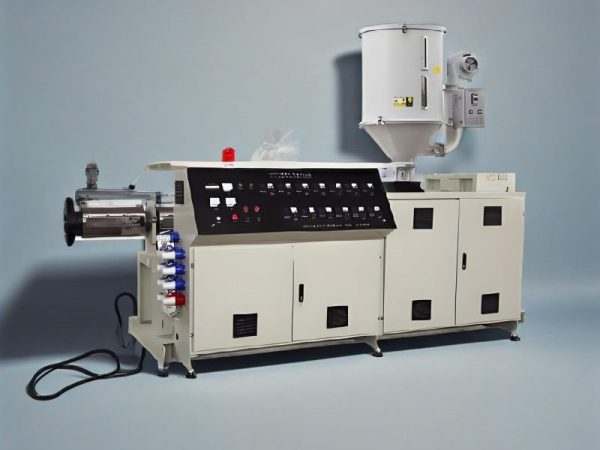
Production Line Startup, Shutdown & Adjustment
Acquire practical skills in safely starting up and shutting down complete extrusion lines. Develop proficiency in making precise adjustments to optimize production, ensuring smooth operation and consistent product quality in extrusion technology applications.
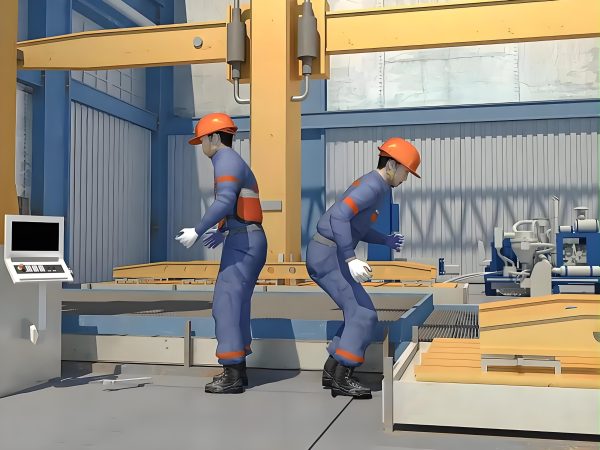
Emergency Handling Capability
Develop the ability to quickly respond to and resolve emergency situations in extrusion operations. Skill in identifying problems, implementing appropriate emergency procedures, and minimizing production disruptions and safety risks in extrusion technology environments.
Process Parameter Setting Ability
Master the skill of setting optimal process parameters based on material characteristics and product requirements. Ability to adjust temperatures, speeds, and pressures to achieve desired results— a critical competency in advanced extrusion technology applications.
Extruder Selection & Basic Design Ability
Develop the practical skill of selecting appropriate extrusion equipment for specific applications based on product requirements, material characteristics, and production volume. This includes evaluating different extruder types and configurations to determine the optimal solution for each manufacturing scenario.
Additionally, gain basic screw design capabilities, understanding how to modify screw geometry—including flight depth, pitch, and compression ratio—to optimize performance for specific materials and products. This skill forms the bridge between theoretical extrusion technology knowledge and practical application, enabling professionals to adapt equipment to meet specific production challenges and improve process efficiency.
Professional Quality Objectives
Developing Essential Professional Attributes
Beyond technical knowledge and skills, success in extrusion technology requires the development of professional qualities that enable effective performance in industrial environments. These attributes complement technical capabilities, fostering well-rounded professionals who can contribute positively to production teams and organizational goals.
-
Teamwork & Communication Skills
Ability to collaborate effectively with colleagues, share knowledge, and communicate technical information clearly in extrusion technology settings.
-
Self-directed Learning & Problem Analysis
Capacity to independently acquire new extrusion technology knowledge and systematically analyze and solve production challenges.
-
Safety, Quality & Cost Awareness
Commitment to workplace safety, dedication to quality standards, awareness of cost factors, and adherence to规范操作习惯 in extrusion technology processes, along with environmental protection consciousness.
-
Innovation Mindset
Cultivation of creative thinking to identify improvements in extrusion technology processes, equipment utilization, and product development.
These professional qualities are integral to long-term success in extrusion technology careers, enabling professionals to adapt to evolving industry demands and contribute to continuous improvement initiatives.
Comprehensive Learning Objectives Summary
| Category | Learning Objectives | Key Extrusion Technology Focus |
|---|---|---|
|
Knowledge
|
Extruder identification and structure
Working principles comprehension
Material properties and processing parameters
Line commissioning and operation procedures
|
Theoretical foundation of extrusion processes and equipment functionality |
|
Skills
|
Machine operation and control
Process adjustment and optimization
Troubleshooting and emergency handling
Equipment selection and basic design
|
Practical application of extrusion technology in production environments |
|
Professional Qualities
|
Team collaboration and communication
Self-directed learning and problem analysis
Safety, quality, and cost consciousness
Innovation and environmental awareness
|
Professional attributes supporting effective extrusion technology implementation |
Integration of Extrusion Technology Knowledge and Skills
The learning objectives presented create a comprehensive framework for mastering extrusion technology, integrating theoretical knowledge with practical skills and professional attributes. This holistic approach ensures that learners develop not only technical competence but also the ability to apply extrusion technology effectively in real-world manufacturing environments.Optical Transceiver.
By systematically progressing through these objectives, individuals will gain the expertise needed to contribute to efficient, high-quality extrusion processes, from equipment selection and setup to operation, troubleshooting, and optimization. This comprehensive understanding of extrusion technology forms the foundation for successful careers in the plastics manufacturing industry.Electronic shelf labels.
Ready to Advance Your Extrusion Technology Expertise?
Mastering plastic extrusion molding requires a combination of theoretical knowledge, practical skills, and professional development. Our comprehensive program covers all aspects of extrusion technology to prepare you for success in this dynamic field.Related Hydraulic Spare Parts.
Learn more